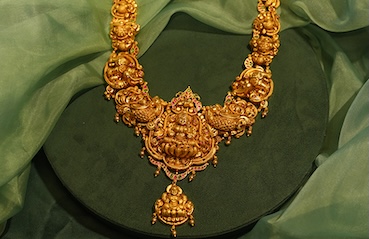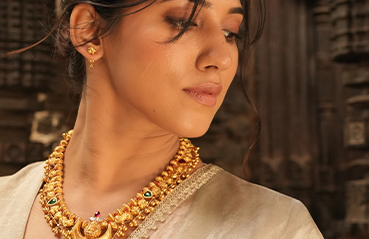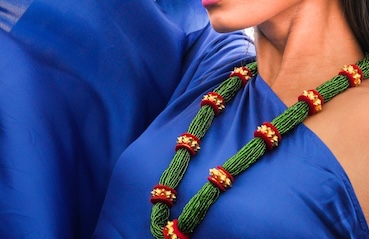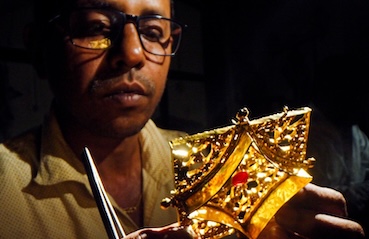Published: 17 ஆக 2017
பல்வேறு சாம்ராஜ்யங்களில் தங்க நாணயங்கள்
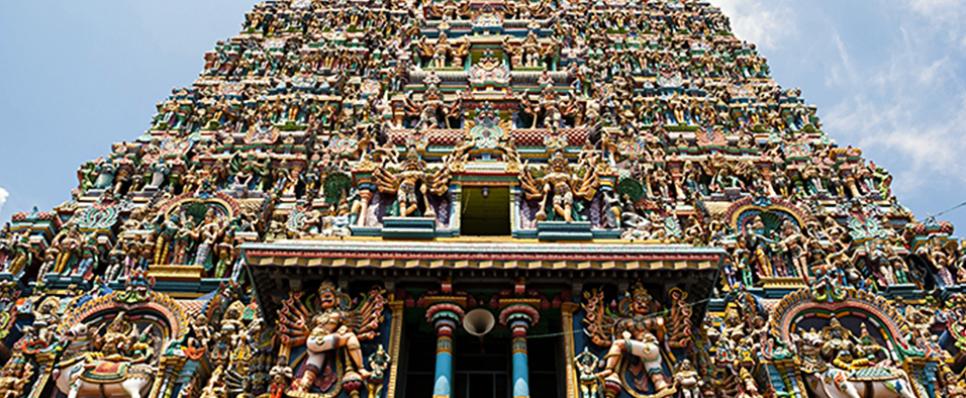
Introduction
Guptas (320-480 CE)
Palas (775-810CE)
One gold coin was issued by this dynasty weighing 7.59 grams.
Design:
Hoysalas and Kadambas (1045-1150)
Kingdom: The Hoysala Dynasty ruled South India from 1047 to 1098 A.D.
Design:
Kingdom: Kadama Dynasty
Design:
Ghorids (late 12th century)
These gold coins, called ‘dinars’, were issued by Muhammad Ghor.
Vijayanagara Empire (1336-1646)
These coins, weighing 3.4 grams, inspired the coins of the Dutch, French and the English East India Company.
Mughals (1526-1857)
The Mughals issued coins made from gold, silver and copper. The gold coins were called Mohur and weighed 10.95 grams.
Design:
We have come a long way since 2000 BC. Today, the Indian Gold Coin provides the same status, prestige, and value, but also comes with advanced features such as in-built theft protection.
Have you or your loved ones collected gold coins over the years? Share with us pictures in the comments below!
India’s gold connection dates back 2,000 years And this includes gold coins which were considered a valuable source to gauge the wealth and economic status of an individual.
After unearthing coins from several parts of the country, we were able to gain insight into the trade routes employed by our ancestors.
Let’s look at the different gold coins from our golden history:
The emperor, Vima Kadphises, started Kushan coinage. They influenced the subsequent coins such as those by the Guptas. Design:
- Deities, like Shiva, Buddha and Kartikeya were depicted on one side and the king on the other (similar to the preceding Greco-Bactrian rulers).
- Sometimes they depicted figures from Greek, Mesopotamian, Zoroastrian and Indian mythology.
Guptas (320-480 CE)
Gold coins called ‘dinaras’ were abundantly used in this era termed by scholars as the ‘rain of gold’.
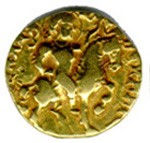
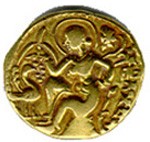
- The ruler on one side and had a Goddess on the other side.
- Usually, the ruler’s valour and martial qualities were celebrated on the coin.
- Sometimes, the king and the queen jointly issued a coin and this had their figure in a standing pose.
- On the reverse of the Gupta coin, there would be a figure of a Goddess like Lakshmi in a sitting or standing position.
Palas (775-810CE)
One gold coin was issued by this dynasty weighing 7.59 grams.
Design:
- On one side, it depicted a king riding a horse with a spear in his right hand, which was aimed at an animal, possibly a lion or a boar.
- On the reverse, Goddess Lakshmi is seated on a single lotus and she holds a lotus plant in each hand, flanked on each side by a sacred vessel.
Hoysalas and Kadambas (1045-1150)
Kingdom: The Hoysala Dynasty ruled South India from 1047 to 1098 A.D.
Design:
- The gold coin weighed 4 grams
- They had a lion and another object, which was flanked by the sun and the moon on one side
- On the other side, there was an inscription in Kannada
Kingdom: Kadama Dynasty
Design:
- The coins produced by the Kadama Dynasty also used Kannada letter.
- These coins were called as lotus coins, as the central symbol was mostly a lotus.
- A few coins had a lion on the face, instead of a lotus, along with a Kannada inscription.
- Kadamba coins were the heaviest and the purest gold coins minted in ancient India.
Ghorids (late 12th century)
These gold coins, called ‘dinars’, were issued by Muhammad Ghor.
Design:
- The coins followed the same style of coinage as the Rajpur clans.
- It featured a seated Goddess Lakshmi on one side and an inscription in Devanagari on the other, which read Srimad Muhamad bini Sam.
Vijayanagara Empire (1336-1646)
These coins, weighing 3.4 grams, inspired the coins of the Dutch, French and the English East India Company.
Design:
- The Vijayanagara Empire produced gold coins with a sacred image on one side and the royal lengend on the reverse.
- Most of the gold coins had an image of Lord Venkateswara of Tirupati, either alone or with his two consorts.
Mughals (1526-1857)
The Mughals issued coins made from gold, silver and copper. The gold coins were called Mohur and weighed 10.95 grams.
Design:
- Mughal coins had innovative designs, and the background of the coin had floral scrollwork.
- There was Zodiac signs, portraits and literary verses died on the coins.
- The Mughals unified the coinage system throughout their Empire.
- Shah Jahan standardised the coin design during his reign.
- Aurangzeb, during his reign, eliminated the Islamic signs on the coins and standardised the format.
- The coin had only the name of the ruler, the mint and the date of the issue on it.
We have come a long way since 2000 BC. Today, the Indian Gold Coin provides the same status, prestige, and value, but also comes with advanced features such as in-built theft protection.
Have you or your loved ones collected gold coins over the years? Share with us pictures in the comments below!

